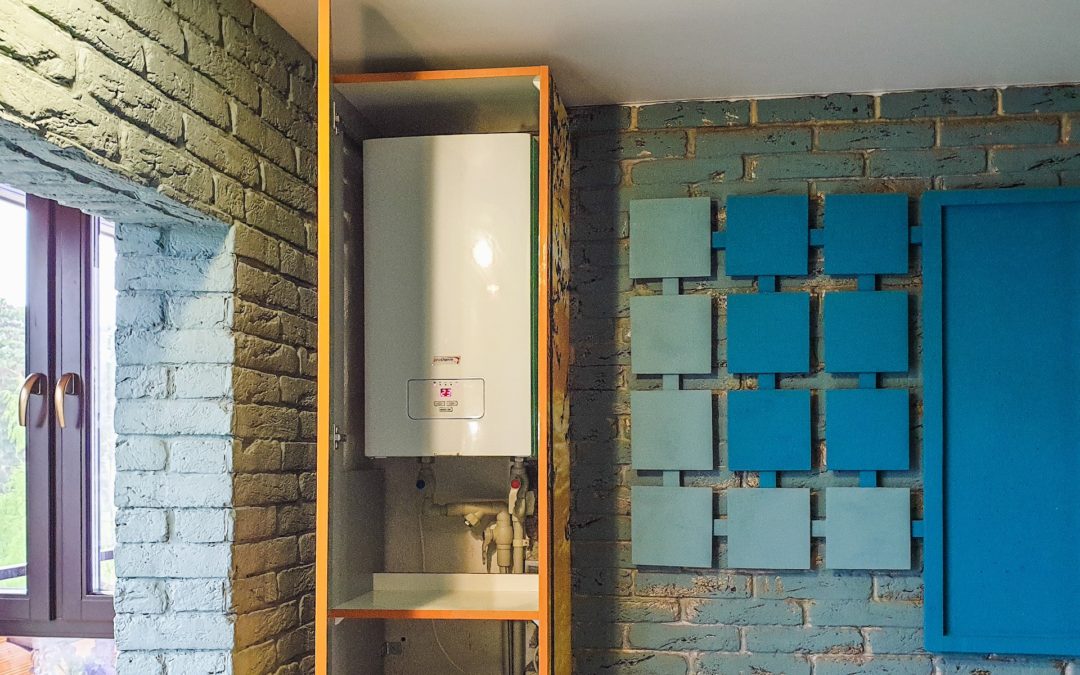
by Brandon | Jul 25, 2023 | News
Rinnai, the market leader in tankless water heaters, has called on the Department of Energy (DOE) to revise the proposed energy efficiency standards for these appliances. The proposed standards would require an energy factor (EF) of 0.93, which Rinnai argues is too stringent and would have a negative impact on both the industry and consumers.
According to Rinnai, the proposed EF standard would result in a significant reduction in the flow rate of hot water, which would decrease the comfort levels for consumers and reduce the market for tankless water heaters. Additionally, the proposed standard would increase the cost of manufacturing, making the units more expensive for consumers.
Rinnai is not alone in its objection to the proposed standard. Many other manufacturers, industry groups, and consumers have also expressed concern. They argue that the standard is too strict, would increase costs, and would not provide significant energy savings.
The DOE has not yet made a final decision on the energy efficiency standards for tankless water heaters. However, Rinnai and other stakeholders are actively lobbying for a more reasonable and effective standard.
While the debate over energy efficiency standards for tankless water heaters continues, it is important for consumers to understand the benefits and drawbacks of these appliances.
Tankless Water Heaters: Benefits and Drawbacks
Tankless water heaters are becoming increasingly popular in homes and businesses across the country. These appliances provide many benefits over traditional tank water heaters, including:
1. Energy Savings: Tankless water heaters are more energy-efficient than tank water heaters because they do not store hot water. Instead, they heat water as it is needed, reducing energy use and lowering utility bills.
2. Longevity: Tankless water heaters last longer than tank water heaters. Traditional tank water heaters generally last around 10-15 years, while tankless water heaters can last 20 years or more. Additionally, tankless water heaters are less prone to leaks and other issues.
3. Space-Saving: Tankless water heaters are smaller than tank water heaters and do not require as much space for installation. This can be a significant benefit for homeowners with limited space.
Despite these benefits, tankless water heaters also have some drawbacks, including:
1. Upfront Cost: Tankless water heaters are more expensive to purchase and install than tank water heaters. This can be a significant cost for homeowners who need to replace their existing water heater.
2. Limited Flow Rate: Tankless water heaters have a limited flow rate, which means they may not be able to provide sufficient hot water for larger households or businesses.
3. Installation Complexity: Tankless water heaters require more complex installation than tank water heaters. This can increase installation costs and may require professional installation.
Conclusion
Rinnai’s call for revised energy efficiency standards for tankless water heaters reflects an ongoing debate over the pros and cons of these appliances. While tankless water heaters offer many benefits over traditional tank water heaters, they also have some drawbacks, including higher upfront cost and limited flow rate. As we move into 2022, other plumbing topics such as water conservation, smart plumbing, and aging infrastructure are likely to be popular among homeowners and businesses. Whatever your plumbing needs, it is important to work with a reputable plumbing company that can provide high-quality, reliable services. For all your plumbing needs or inquiries, contact Ace Plumbing Repair at (844) 711-1590, or visit our website at aceplumbingrepair.com.
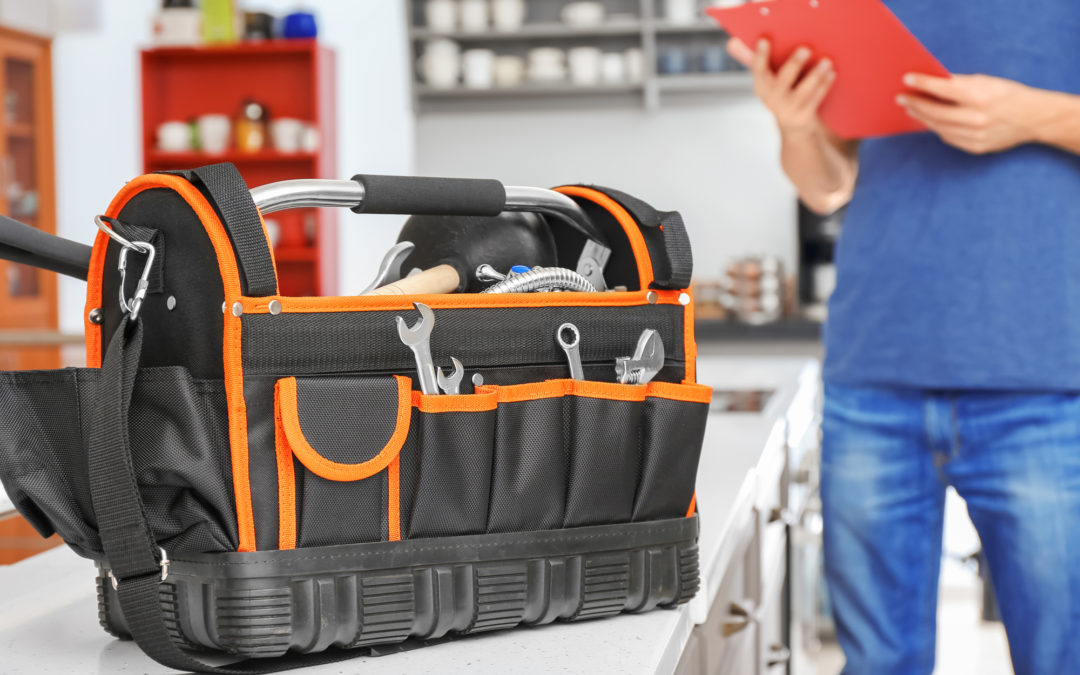
by Brandon | Jul 25, 2023 | News
As we move from one season to the next, it’s important to keep your HVAC system in good working condition. Regular maintenance will help ensure that your HVAC system is running efficiently and smoothly, and will also help reduce the risk of costly repairs down the line. In this article, we’ll be discussing some general tips for seasonal HVAC maintenance that can be applied to both heating and cooling systems.
1. Clean or Replace Air Filters
Dirty and clogged air filters make your HVAC system work harder to circulate air, leading to higher energy bills and damage to your equipment. At the very least, you should clean or replace your air filters every three months, but checking them monthly is best. In addition to extending the life of your HVAC equipment, clean filters can also improve the air quality in your home.
2. Check and Clean Condenser Coils
The outdoor unit of your HVAC system (the condenser) can become clogged with dirt and debris over time, making it harder for the system to function effectively. To avoid this, you should clean the condenser coils every few months. This can be done with a garden hose or a specialized cleaner. If the coils are particularly dirty, it might be best to hire a professional for the job.
3. Check and Clean Evaporator Coils
The evaporator coils are located inside your home in the indoor unit of your HVAC system. If these coils become dirty or clogged, they can negatively affect the performance of your system. To clean these coils, you will need to remove the access panel and vacuum the coils with an attachment. If you are unsure of how to do this, a professional HVAC technician can help.
4. Inspect and Clean Drain Lines and Pans
The drain lines and pans in your HVAC system can become clogged with dirt and debris over time, which can cause leaks and water damage in your home. Be sure to inspect these areas for clogs and clean them out as needed. You can use a wet/dry vacuum for this task, or a mix of half bleach and half water solution.
5. Check Belts and Lubricate Moving Parts
If your HVAC system uses belts to drive the blower, they can become worn and cause the system to work harder than it needs to. Checking for fraying and wear to the belt is important. In addition, lubricating the moving parts of your HVAC system can help extend its lifespan and keep it running smoothly.
By following these tips, you can help ensure that your HVAC system remains in good working order and running efficiently. In addition, regular maintenance can also help reduce the risk of costly repairs down the line and keep your energy bills low.
Conclusion
Maintaining your HVAC system is an important part of homeownership and can help keep your energy bills down and your home comfortable year-round. By following these simple tips, you can help extend the life of your HVAC system and keep it running smoothly. In addition, if you are in need of plumbing services, be sure to consider the qualifications and reputation of the company before making a hiring decision. When in doubt, always call a licensed plumber for repairs and installation tasks.
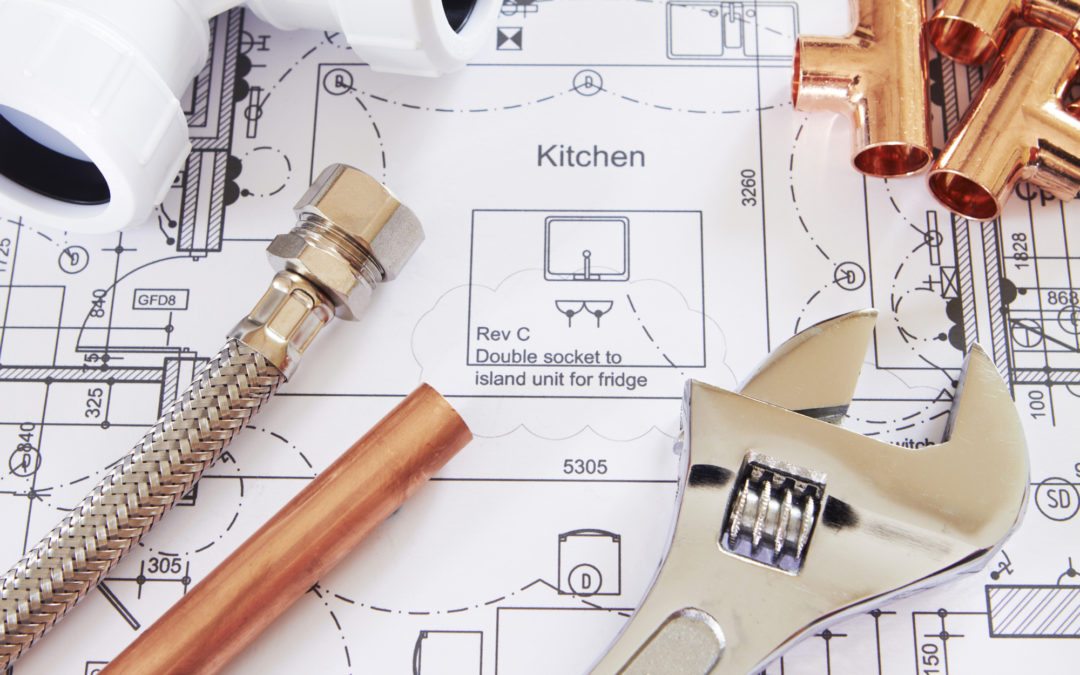
by Brandon | Jul 25, 2023 | News
A plumbing repipe is a significant undertaking that requires professional assistance. Plumbing repipes are typically performed when the existing plumbing system is outdated, worn out, or damaged beyond repair. It’s a significant task that involves replacing the entire water supply and drainage pipes throughout the house. If you’re considering a plumbing repipe, it’s essential to know what to expect. In this post, we’ll go over what to expect during a plumbing repipe.
Inspection of the Plumbing System
The first thing that the plumber will do is to inspect the plumbing system. This inspection is necessary to determine the extent of the damage and the scope of the work that needs to be done. The plumber will examine all the pipes, fixtures, and other components of the plumbing system and will look for any signs of damage or wear and tear. They may also require you to cut off the water supply to the house, so they can perform a more comprehensive inspection.
Preparation Work
When the inspection is completed, and the plumber knows exactly what work needs to be done, preparations will begin. The plumber will take all necessary measurements, plan the layout of the system, and get all required permits to proceed with the project. They may also provide you with an estimate of the time and cost of the project.
Removing the Old Plumbing System
The next step would be to remove the existing plumbing system. This can be a messy and disruptive process that may require parts of the walls and flooring to be removed to access the pipes. The plumber will work carefully while performing this task to avoid causing any additional damage to the house. Once all the old pipes and fixtures are removed, the plumber will dispose of them safely and responsibly.
Installation of New Plumbing System
After the old system is removed, the new plumbing system installation process will begin. The new system will be installed according to the plan and layout the plumber previously created. The plumber will install the pipes, fixtures, and any other necessary components of the system. They will also test the new system to ensure that there are no leaks or other issues. This can take anywhere from a few days to a few weeks, depending on the scope of the project.
Final Inspection and Clean up
After the new system is installed, there will be a final inspection to ensure that everything was installed correctly and is functioning properly. The plumber will also double-check that everything is working as it should be to avoid any unwanted leakages or damages in the future. The last step would be to clean up any debris and other waste materials generated during the project. You can expect experienced professionals to perform these tasks with great care.
Benefits of Repiping
A plumbing repipe can provide numerous benefits to homeowners. A new plumbing system will increase the water pressure and quality and help to reduce water wastage and bills. It also eliminates the need for frequent repairs and maintenance, saving the homeowner both time and money. Moreover, with modern plumbing systems, you can be sure of maximum efficiency and good quality results. Therefore, it is always a good idea to contact a professional plumbing company that specializes in repiping to enjoy the advantages of a quality system at home.
Conclusion
In conclusion, a plumbing repipe is a complex process that requires advanced skills and experience. However, with the right preparation, planning, and execution, homeowners can get significant benefits from installing new plumbing systems. Remember to take time to research and contact a reputable and experienced plumbing company to help you to make the most awaited decision in terms of new plumbing systems. You can always contact the experts at Ace Plumbing Repair for professional plumbing services at an affordable cost.
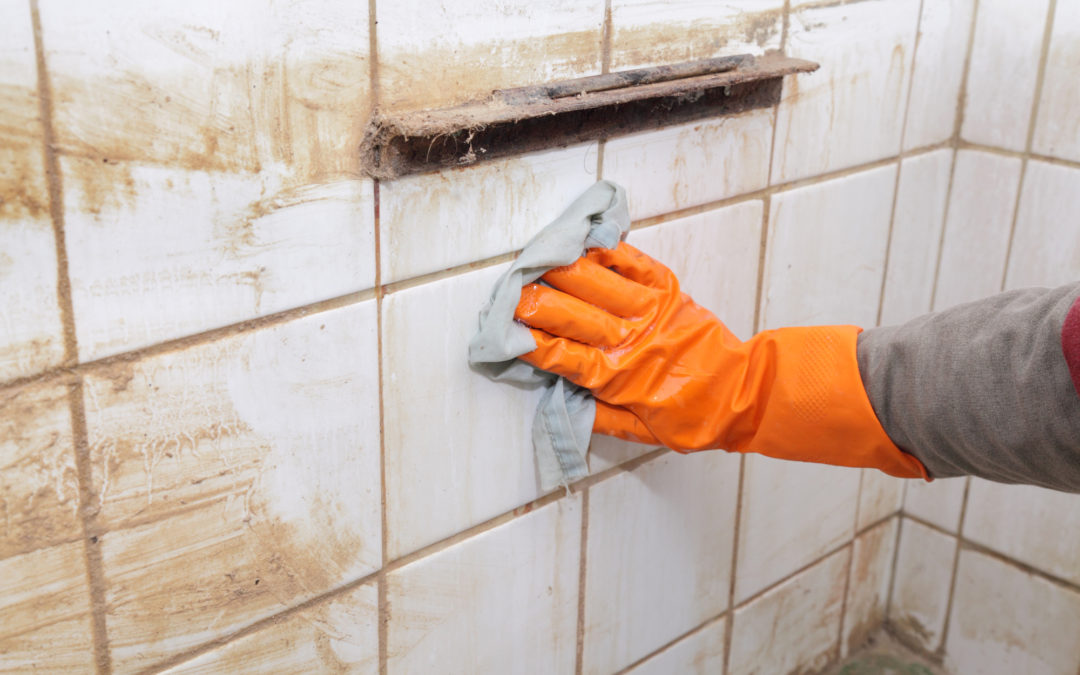
by Brandon | Jul 25, 2023 | News
As a homeowner, you may have considered a complete home remodel at some point. The decision to start a project of this scale can be daunting, but with careful planning, you can manage the project successfully. A home remodel involves many areas that require attention, including plumbing. In this article, we will discuss what to do when starting a complete home remodel and how to manage the plumbing aspect of the project.
1. Hire a Professional
When starting a complete home remodel, it is crucial to hire a professional plumbing company. A professional plumber can help you with the planning and installation of plumbing fixtures. Hiring a professional gives you the advantage of their years of experience, which means you will get quality work done. You will also save time and money in the process.
2. Plan Ahead
Planning is the most important step in a home remodel project. You should do your research on the latest plumbing technology, trends, and fixtures. Seek recommendations from your plumber, architect, or any other professional you hire. A home remodel project presents an opportunity to upgrade your plumbing system and fixtures. Consider the size and layout of the house when designing the plumbing system. The plan should factor in the type of pipes and fittings to use, the number of water outlets, fixtures, and appliances.
3. Consider Your Household Needs
When planning the plumbing system, consider the household needs. A family with children will require more water outlets and fixtures than a bachelor or a couple with no kids. Consider the frequency of use and the water pressure needed to operate the fixtures. A larger household will use more energy and require more utility costs. Ensure that the plumbing system you plan is energy-efficient to reduce your utility bills and save on water.
4. Identify Problem Areas
Before the home remodel starts, identify problem areas in your plumbing system. This means checking for leaks, damaged pipes, outdated fixtures, and other faults. Once you identify all the plumbing faults, inform your plumber. The plumber can help you to address the issues during the remodel process. Fixing problem areas ensures that the new plumbing system works well.
5. Upgrade Your Fixtures
A complete home remodel offers an opportunity to upgrade your plumbing fixtures. Consider the latest trends in the market and choose fixtures that reflect your taste and enhance functionality. Upgrading your fixtures can significantly increase the value of your home. It also presents aesthetic advantages that can make the house more attractive to potential buyers.
6. Ensure Compliance
When planning your plumbing system, ensure compliance with local plumbing codes and regulations. This will help you avoid legal and safety issues. Compliance also ensures that your plumbing system is safe for regular use. Hire a licensed plumbing company that carries out services according to plumbing codes and regulations.
Conclusion
Starting a complete home remodel can be an exciting and rewarding experience. However, it requires careful planning and management. The plumbing system is an integral part of the home, and careful consideration is necessary to ensure a stress-free remodel project. Hire a professional plumbing company, plan ahead, identify problem areas, upgrade your fixtures, and ensure compliance with local plumbing codes and regulations. By following these guidelines, you can manage your plumbing system during a complete home remodel. For more information on plumbing services, visit aceplumbingrepair.com or call our plumbing experts at (844)711-1590.
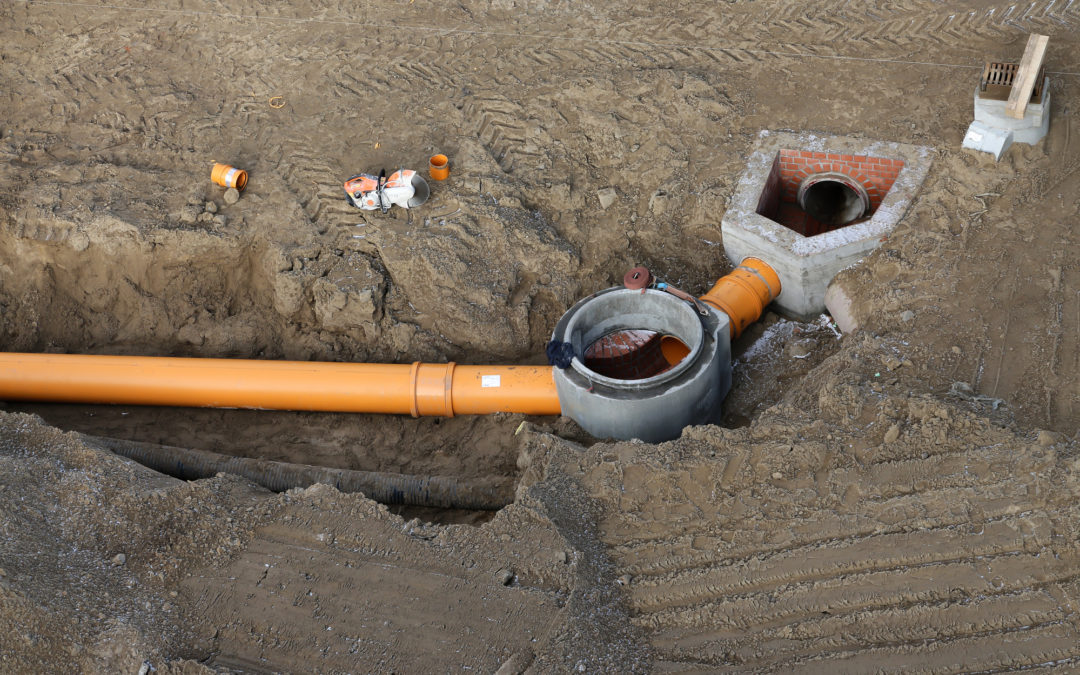
by Brandon | Jul 25, 2023 | News
Having a lush, green lawn is a dream for every homeowner, but it requires proper maintenance and care – especially when it comes to irrigation. Without an efficient irrigation system, your garden will wither away in no time, and it could also lead to water wastage, driving up your water bills. Fortunately, it’s not difficult to add an effective irrigation system to your landscaping design if you know the right steps to take.
In this post, we will take a look at how you can add an efficient irrigation system to your landscaping design to keep your greenery fresh and vibrant.
Step 1: Assess Your Lawn
Before installing an irrigation system, it’s essential to assess your lawn’s current state. This will help you determine the amount of water your lawn needs and the ideal irrigation system that will be suitable for your garden. You should take into account the type of soil you have, the slope of your land, the grass type, and the amount of sunlight the area receives.
Step 2: Choose the Right System
There are various types of irrigation systems available in the market that you can choose from, each with its own pros and cons. Sprinkler, drip, and underground irrigation are the most popular types of irrigation systems. Sprinklers are ideal for watering large areas of land, while drip systems are perfect for watering plants that require less water. Underground irrigation is a great choice for those who don’t want their irrigation system to be visible.
Step 3: Plan Your System
Before installing your irrigation system, you should have a clear plan of how you want it to be installed. You should consider factors such as the location of your water source, how you want your pipes to be laid, and the placement of your sprinklers.
Step 4: Install Your System
Now that you have your plan in place, it’s time to install your irrigation system. It’s important to make sure that your system is installed correctly to avoid any leaks or malfunctions. You can either choose to install it yourself or hire a professional to do it for you.
Step 5: Test and Adjust Your System
After your system has been installed, you should test it to make sure everything is working correctly. Check each sprinkler head to ensure that water is evenly distributed and that there are no leaks. You should also adjust your system to suit your lawn’s needs by adjusting the water pressure and the sprinkler’s spray patterns.
Conclusion
Adding an effective irrigation system to your landscaping design is an excellent investment for any homeowner who cares about the environment and their garden’s health. It may seem like a daunting task, but with the right guidance, you can add an efficient irrigation system to your lawn in no time. If you’re unsure where to start or need help with your installation, Ace Plumbing Repair is here to help. Give us a call at (844) 711-1590 to schedule an appointment today!





